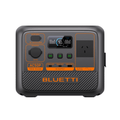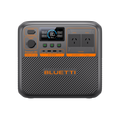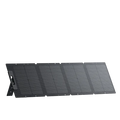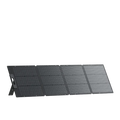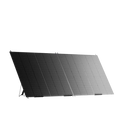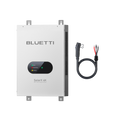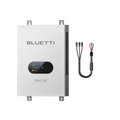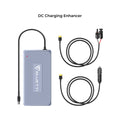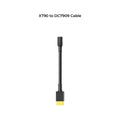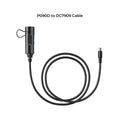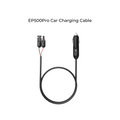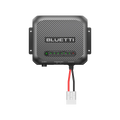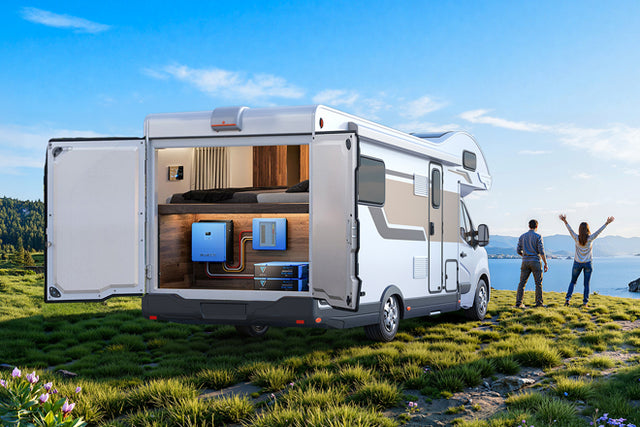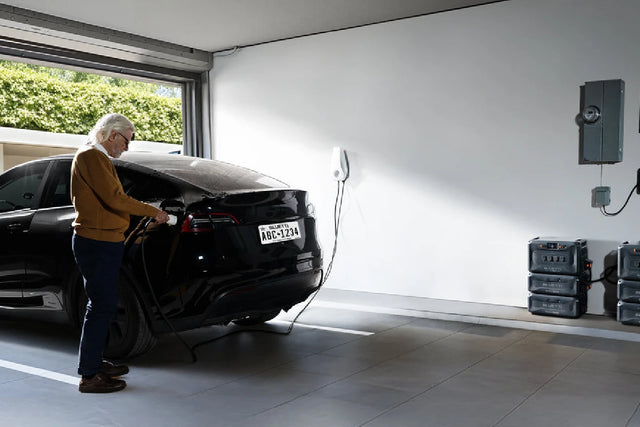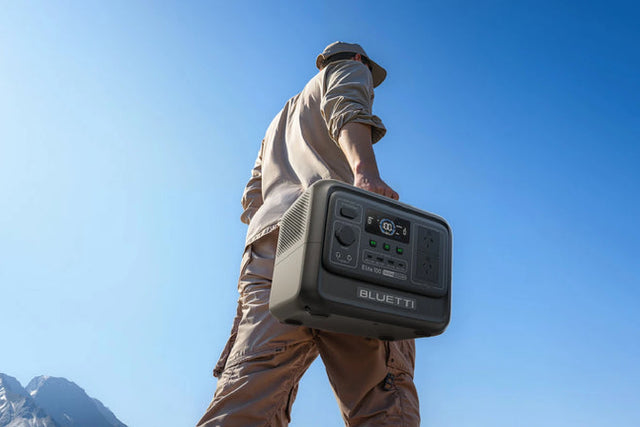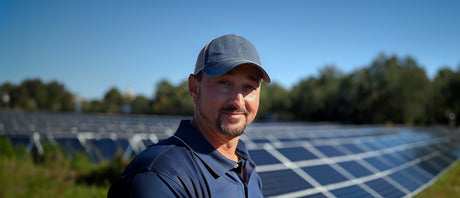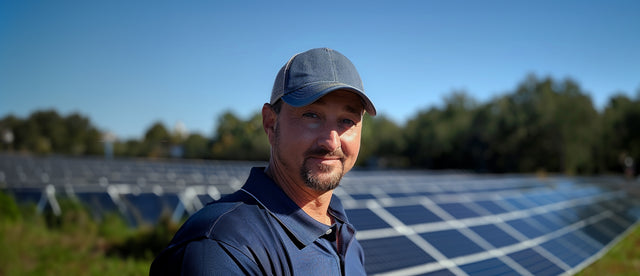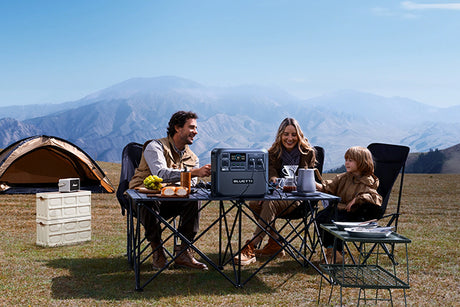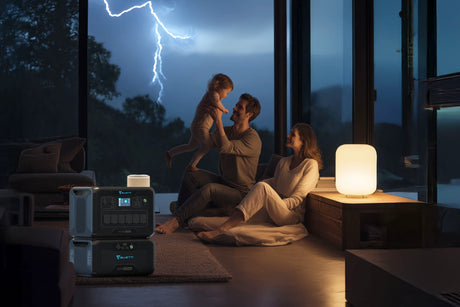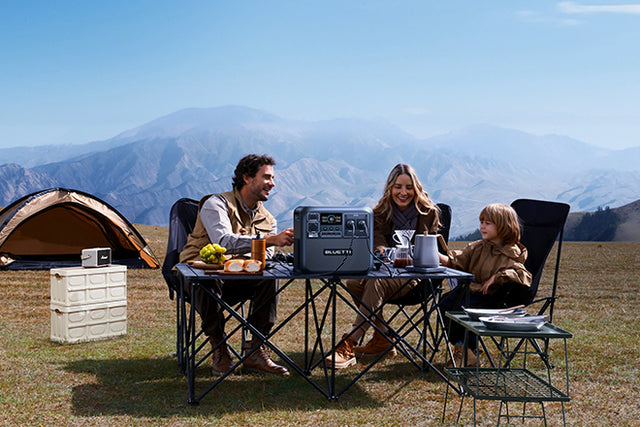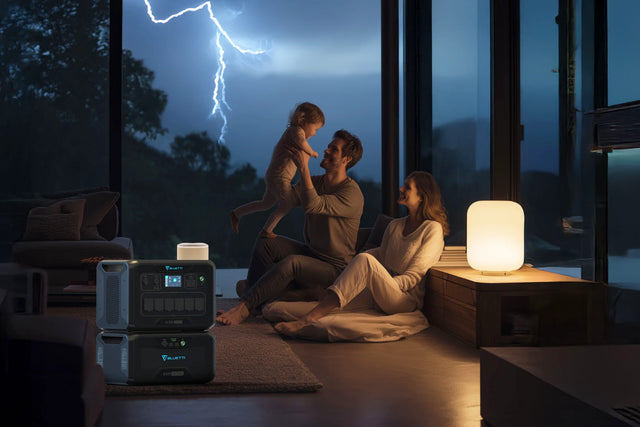Interest in power generators is surging in Australia as more people seek electricity independence and to reduce their reliance on the grid. It's being powered in large part by more ferocious storms, bushfires and floods that experts say are whipped up by climate change as global temperatures rise.
States have been left without power for long stretches in recent times as extreme weather events like devastating storms crippled the electricity grid and resulted in extended power cuts. That has left Australians without power in their homes and businesses and, increasingly, wanting to take their energy needs into their own hands.
But with so many backup generators available, and many with a puzzling set of specifications that can easily leave you baffled, how do you know what's right for your own power needs? Whether you want backup electricity for your household or business, or if you're going camping and want to take your own power supply, what’s right for you?
It prompts Australians to ask questions like "what will a 5 kVA generator actually run?" Is it enough for essential appliances and devices or will it power more or even less? Here, we give you the answers you need to know, including what 5 kVA translates to in practical usage terms, how to convert it to usable power, what you can realistically run and what a power option like this just cannot handle.
What Does 5 kVA Actually Mean?
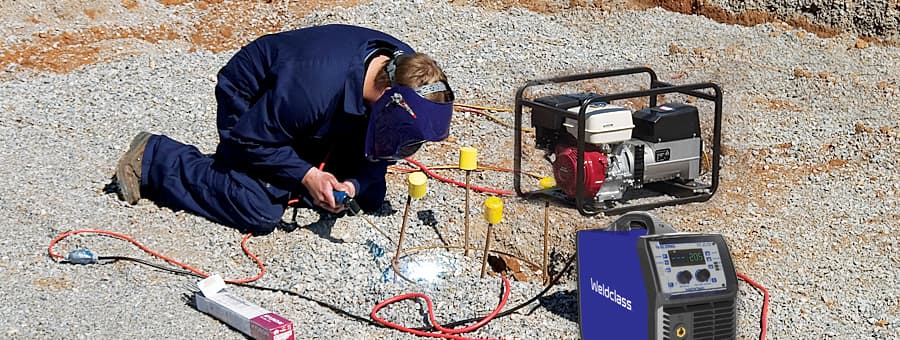
In this article, we're focusing on a 5 kVA generator and what it will run, and first we need to understand what the kVA part means, It stands for kiloVolt-Amperes and it's a measure of the amount of power this type of generator makes, and it’s then converted into watts -- the unit of power at which energy is produced or used. That includes power generated and also lost during the process of producing it, because of various inefficiencies in the machine.
The most important aspect here is the power factor (PF), which tells you how efficiently the electricity produced by a generator is converted into usable energy. In Australia, the power factor is around 0.8, an acceptable level that means about 80 percent of generated power is converted into usable watts.
How to Convert kVA to Watts (kW)
If you want to find out how much useable power you can get from a generator, just multiply the kVA by the power factor, like this:
Watts (W) = kVA × Power Factor (PF)
So if you're using a 5 kVA generator operating at 0.8 PF, you get:
5 kVA × 0.8 = 4,000W of continuous, usable power.
This gives you a clear idea of what appliances, equipment and devices you can run with this type of generator, not the 5,000W that's promoted by the manufacturer, as it can be misleading.

Running vs. Starting (Surge) Power
Another important factor when using a backup generator is the starting power versus running power. Let's take a look.
What Is Starting (Surge) Power?
Starting power is also known as surge power and it's when larger equipment and appliances, like fridges, air conditioning units and power tools, need more energy to get going. It's because they have compressors, heating elements or motors that have higher initial electricity requirements, and once they start, it falls.
So you can expect a typical Australian fridge to need around 1,200W to start up and then around 300W to operate from there. Air conditioning units typically need up to three times their operating-power level to begin working.
Why Surge Power Matters
Your generator must be able to cope with the demands of appliances and equipment that need more power at the beginning. Otherwise, it's going to trip or even damage your appliances.
With a 5 kVA generator giving you around 4,000W of usable power, you can only use appliances together that range -- including their surge requirements. Connect too many and the generator might overload. So check your appliances' surge power needs; you'll find them in their manufacturer's specifications, which will give starting and running wattages. And it's a good idea not to run a number of high-surge appliances at the same time.
What Can You Run with a 5 kVA Generator?
As we've said, you'll get approximately 4,000W of usable power from a 5 kVA generator, and that's sufficient to run various household and office appliances and equipment, such as:
Home Backup (Typical Simultaneous Use)
- Fridge: 300W running power, 1,200W starting power
- LED Lights (entire home): 100-300W running power
- TV and Wi-Fi Router: 100-150W running power
- Microwave: 1,000-1,500W running power
- Washing Machine: 500-1,500W running power, 2,000W+ starting power
- Split A/C (small): 1,000-2,000W running power, 2,500-3,000W starting power
Tip: With a 5 kVA generator, you’ll be able to run several of these at the same time. But you’ll also need to stagger their use, so you don’t exceed the generator’s capacity. As an example, don’t run the washing machine, A/C and microwave together.
Office/Shop Use
- LED Ceiling Lights: 200-400W
- 2–3 Laptops or Desktops: 300-600W
- Printer/Scanner: 200-300W
- Small A/C or Fan: 1,000-2,000W
- Router, Camera, POS System: Around 150W
Tip: This is ideal for small shops and clinics and offices with just a few people.
Construction/Tools
- Drill: 600-800W
- Circular Saw: 1,200-1,800W
- Angle Grinder: 800-1,000W
- Floodlights: 300-500W
- Small Cement Mixer: 1,200-2,000W
Tip: You’ll be able to use two or three power tools at the same time with a 5 kVA generator, although it depends how big they are and their wattage.
RV/Outdoor Use
- Caravan Fridge: 80-150W
- Lights + Fan: Around 200W
- Coffee Machine/Kettle: 800-1,500W
- Small A/C: 1,500-2,500W
- TV and Charging Devices: Around 150W

Tip: When camping, you may want to opt for a solar-powered generator with batteries as it will run silently, thereby not disturbing neighbouring campers and wildlife, and more efficiently. The BLUETTI AC500 + B300K Home Battery Backup, for instance, will let you charge during the day and use the power to run what you need in the evenings.
What a 5 kVA Generator Cannot Run
You can run many appliances with a 5 kVA generator, but there are limitations to its capacity, and you won't want to find yourself in the dark during a power cut and your generator is not up to the task. Here’s a look at some scenarios when a 5 kVA generator just isn’t enough.
Typically too large for a 5 kVA generator:
- Large Electric Water Heaters: They have high power requirements, of between 3,000W and 5,000W, and it can be even higher when they’re running at their peak.
- Central Air Conditioning Systems: The startup power is often more than 5,000W, and to run them continuously, around 3,500-5,000W.
- Heavy Industrial Machinery: If you want to use large welders, big air compressors and other heavy equipment, you won’t get the power you need from a 5 kVA generator, especially when you factor in their startup needs.
- Whole-House Electric Heating Systems: These have high power demands for continuous use and so you won’t be able to use a 5 kVA generator.
If you do find yourself in need of more capacity, you might want to choose something like the BLUETTI AC500. It will give you the flexibility you need and can be expanded with additional battery packs, so it’s suitable for both home and work environments.
Single AC500 Setup
- 5,000W continuous power/10,000W surge
- Expandable with up to six B300K battery packs
- Total battery capacity: 16,588Wh
Dual AC500 Setup
- 10,000W continuous power/20,000W surge
- Expandable with up to 12 B300K battery packs
- Total battery capacity: 33,176Wh
As well as running silently -- unlike with the noise produced by traditional petrol generators -- you don’t need fuel to operate the AC500, as it runs off the power of the sun. That means there are no toxic fumes emissions that you have to take into account and properly ventilate in accordance with Australian regulations, and you won’t have to keep scrambling for fuel supplies in an emergency. It’s an environmentally friendly power backup option that’s fast becoming the choice of Aussies.
Is 5 kVA Enough for You?
If you're still trying to figure out if a 5 kVA generator is right for your home, office or RV needs, it really depends on what you plan to do in various situations.
It may suit you if you want to run basic and essential household appliances as well as devices during a power cut, such as a fridge, lights and a TV. Also if you have a small office and just want to use laptops and lighting. It's good for occasional use to power what you need, not to run an entire house or office for extended periods.
A 5 kVA generator may not be the right choice for your power needs if you want to operate everything in your home, including your large appliances, like water heaters and air conditioning. If your area is prone to frequent power cuts, it's best to look at an alternative backup that will give you more capacity and greater runtime -- again, the BLUETTI AC500 would suit here, letting you store power in the batteries via a solar panel and adding battery capacity when you need it.
What You Should Consider When You Use a 5 kVA Generator
If you're looking to buy a 5 kVA generator for your power backup needs, there are several things you should consider first.
Usable Power Is Not 5,000W
It may seem confusing, but a 5 kVA generator will not give you 5,000W of power, despite being labelled that way. It's because of the inherent inefficiencies that we mentioned earlier, and so, in Australia, you can expect to get around 80 percent of the generator's rated power, or about 4,000W.
Manage Appliance Loads
You won't be able to run everything you need at once with a 5 kVA generator, whether during a power cut or at the office. That means you have to be mindful of what you want to run and not operate everything at the same time, as the generator won't be able to cope. The surge power requirements of many appliances will also limit what you want to run.
Fuel and Runtime Considerations
If you run a 5 kVA petrol or diesel generator at between 50 percent and 70 percent capacity, you can expect to get around six hours of use from one tank, and possibly a couple of hours more. The more power you need, the more fuel you'll use, and you'll have to ensure you have enough supply for extended power outages.
Noise and Placement
A big downside to running a 5 kVA petrol generator is the noise it makes, of between 65 and 80 decibels, which is about the same as that of a vacuum cleaner. It will disturb the peace of the home and office and will annoy fellow campers as well as frightening wildlife. You also need to ensure there is adequate ventilation so you're not overcome by harmful emissions given off by burning fuel, and it should not be used indoors. Regular maintenance is required to clean a 5 kVA petrol generator and carry out any repairs.
With all the many challenges posed by traditional generators such as the 5 kVA, solar powered generators like the BLUETTI AC500 are increasingly in demand -- free energy from the sun and no noise or chemical pollution.
Shop products from this article
Be the First to Know
You May Also Like
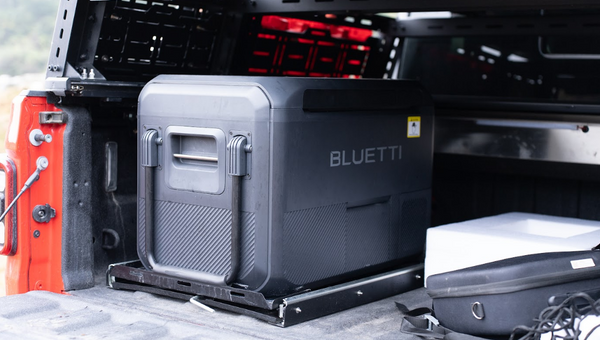
Let’s discover what you understand by a 12V fridge, its merits, its demerits, and whether it suits you or not. Also discover BLUETTI 3-in-1 Fridge Freezer.
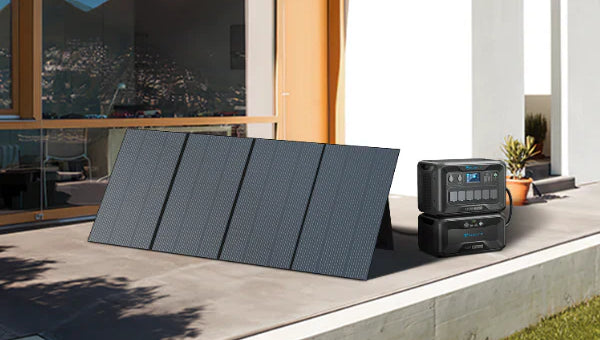
Here’s how to clean solar panels on roof the right way. Learn about DIY options, costs, and what to avoid to get the most out of your investment in solar.

Looking for a reliable power pack for camping, travel or phone charging? Discover the best lithium power packs for all your needs, including BLUETTI’s EB3A, AC2A and AC50B.


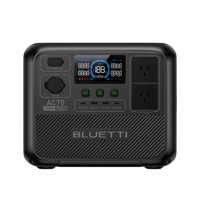
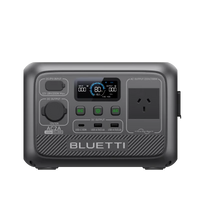


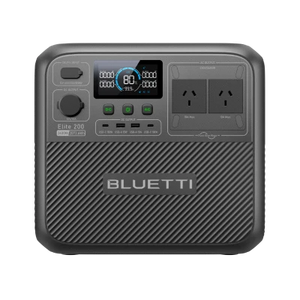
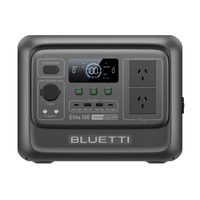
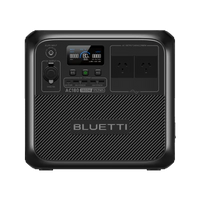
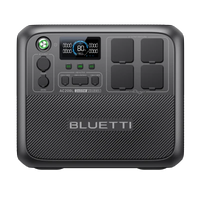
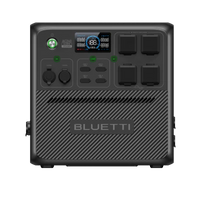
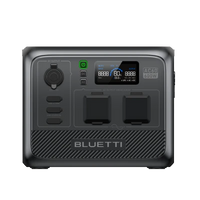
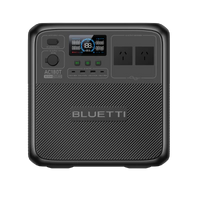


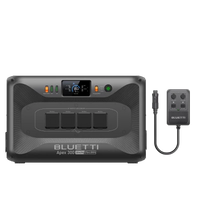

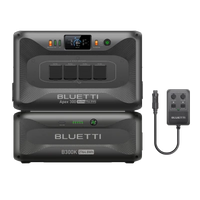
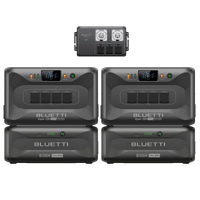
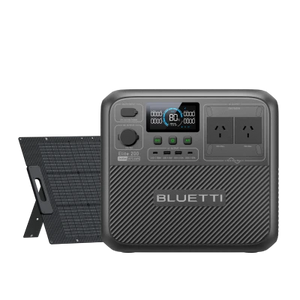
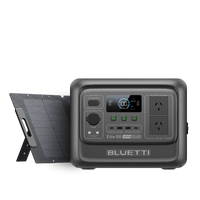
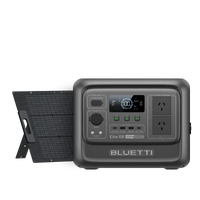
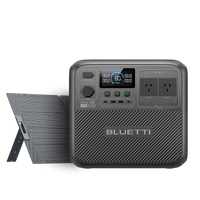
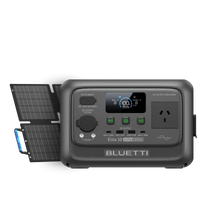
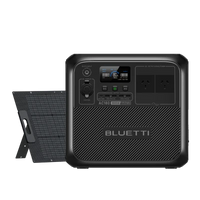
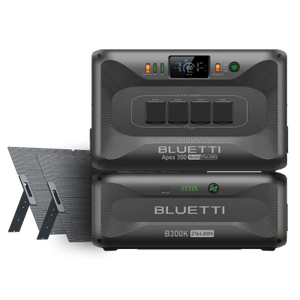
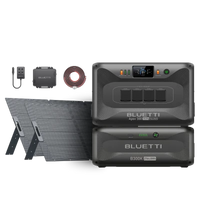
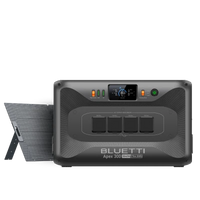
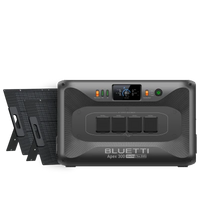
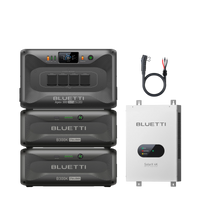


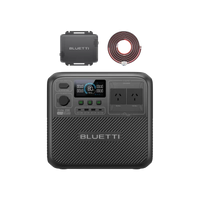
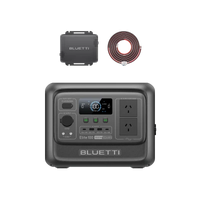
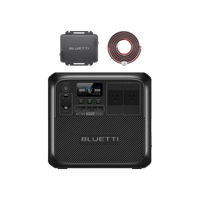
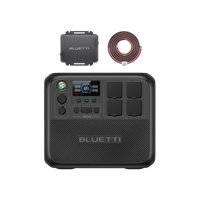
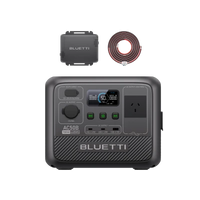
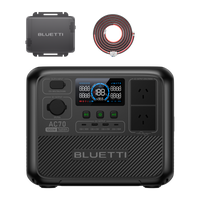




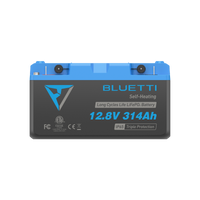










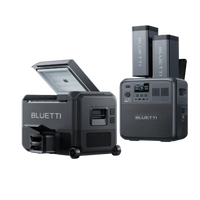
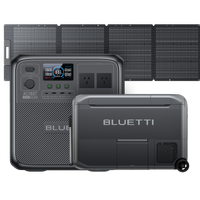
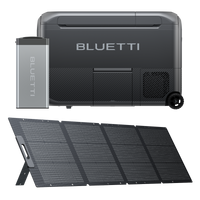

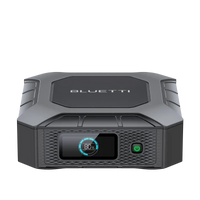
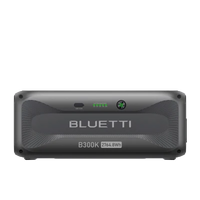

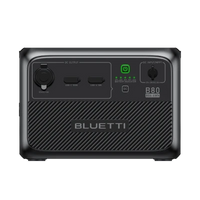
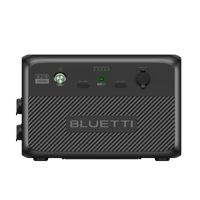

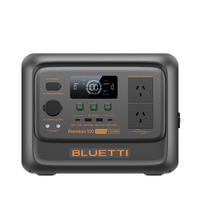
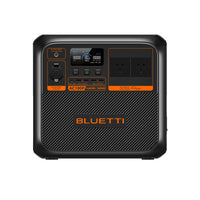

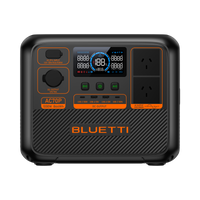
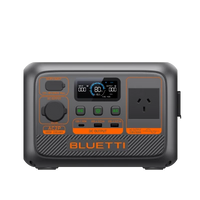
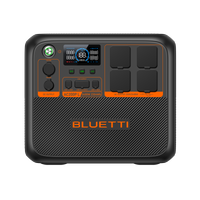
![[Phased Out] BLUETTI B80P Expansion Battery | 806Wh](http://www.bluettipower.com.au/cdn/shop/files/202310025B80P_2000-2000px_4_4caa0c1c-4dab-4272-9e9b-2b7507e5bd81.jpg?v=1713777870&width=200)
![[Phased Out] BLUETTI B210P Expansion Battery | 2,150Wh](http://www.bluettipower.com.au/cdn/shop/files/2_08cf9ef3-03a4-4489-b641-d3edb8094896.webp?v=1716016566&width=200)

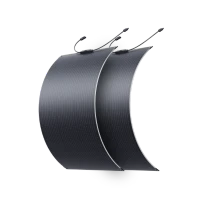
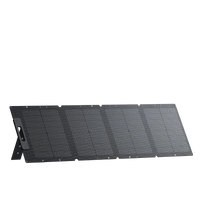
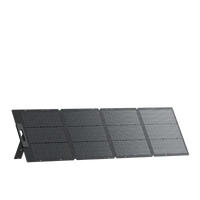
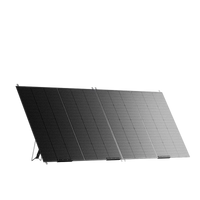





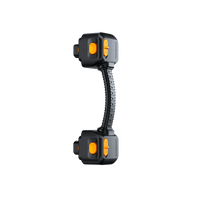
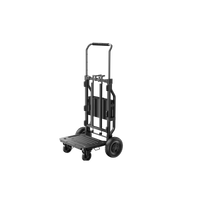
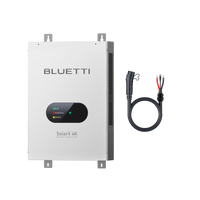

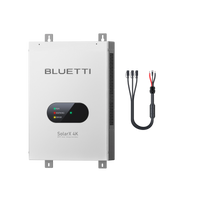
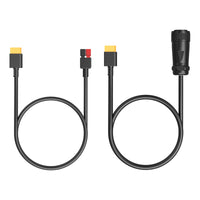
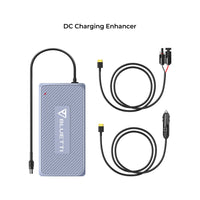

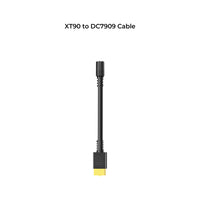
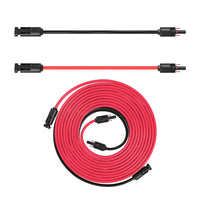
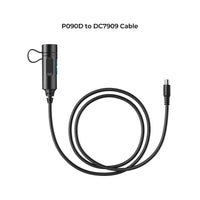
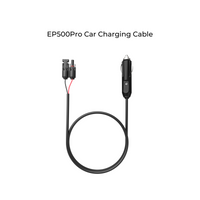
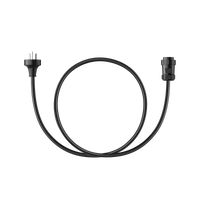
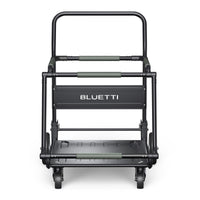
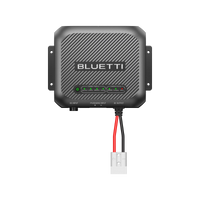
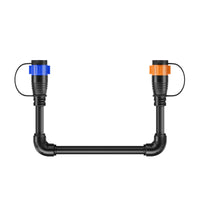



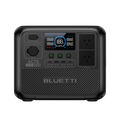
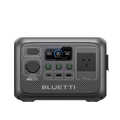



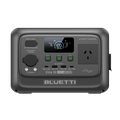
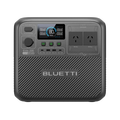
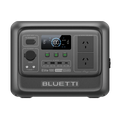
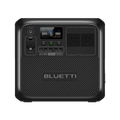

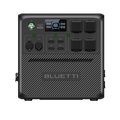
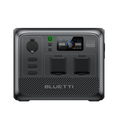
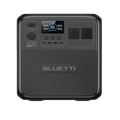


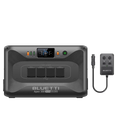

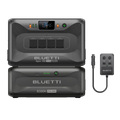
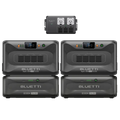




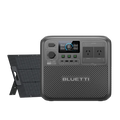
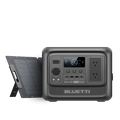
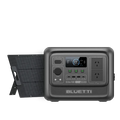
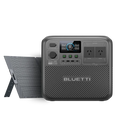
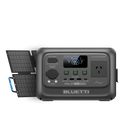
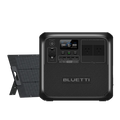
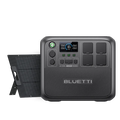
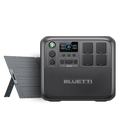




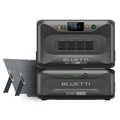
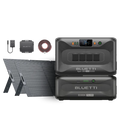
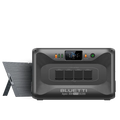
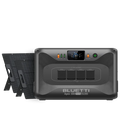
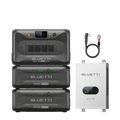


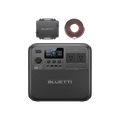
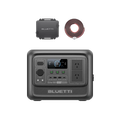
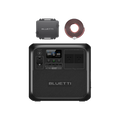


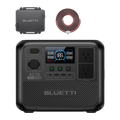


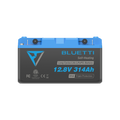



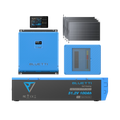







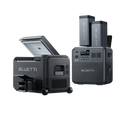
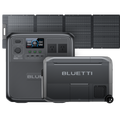


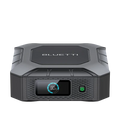



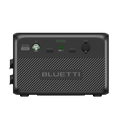


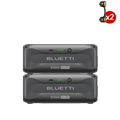
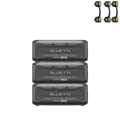





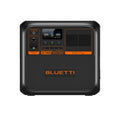

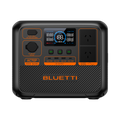
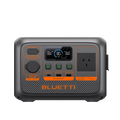

![[Phased Out] BLUETTI B80P Expansion Battery | 806Wh](http://www.bluettipower.com.au/cdn/shop/files/202310025B80P_2000-2000px_4_4caa0c1c-4dab-4272-9e9b-2b7507e5bd81.jpg?v=1713777870&width=120)
![[Phased Out] BLUETTI B210P Expansion Battery | 2,150Wh](http://www.bluettipower.com.au/cdn/shop/files/2_08cf9ef3-03a4-4489-b641-d3edb8094896.webp?v=1716016566&width=120)

